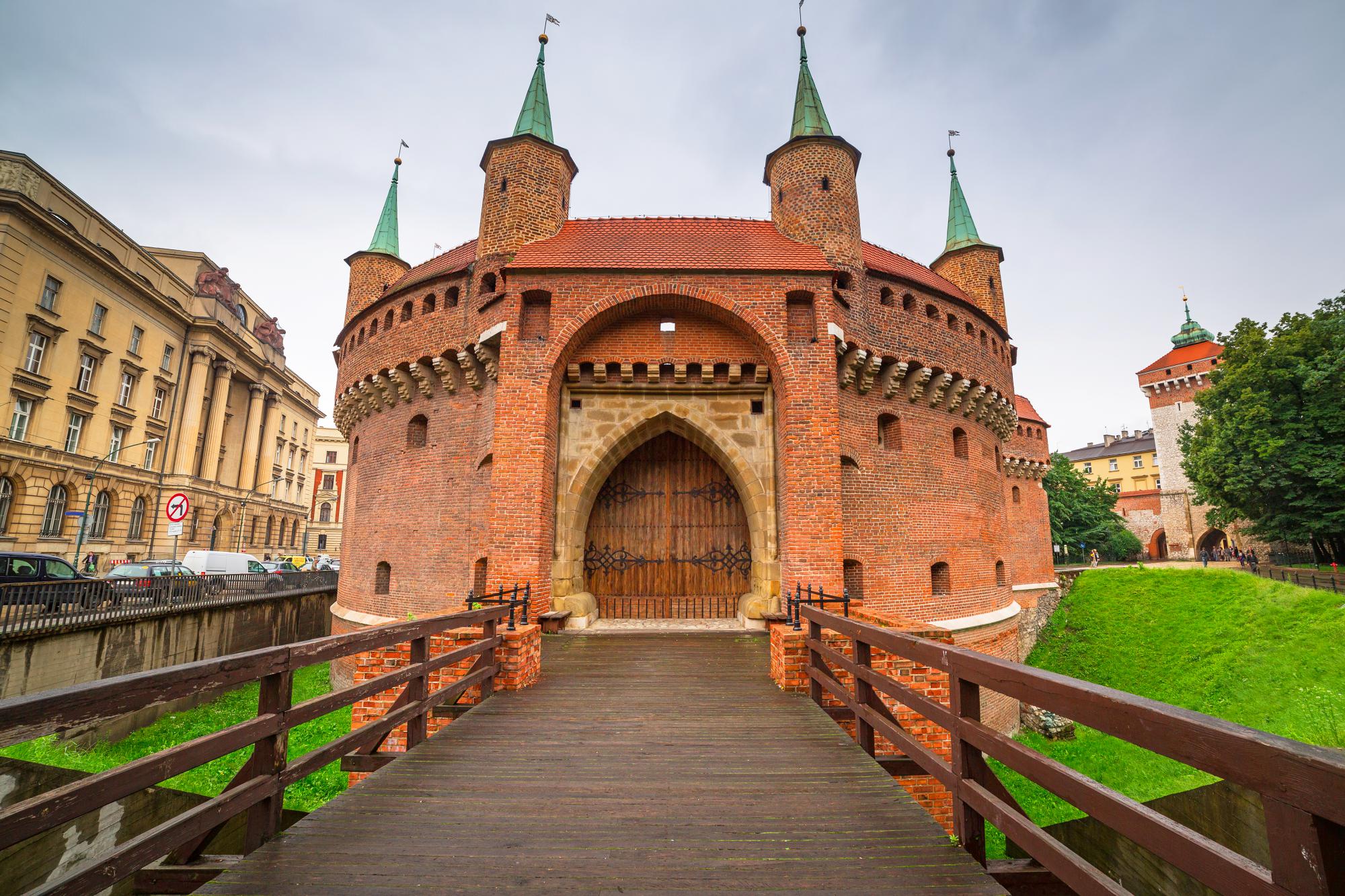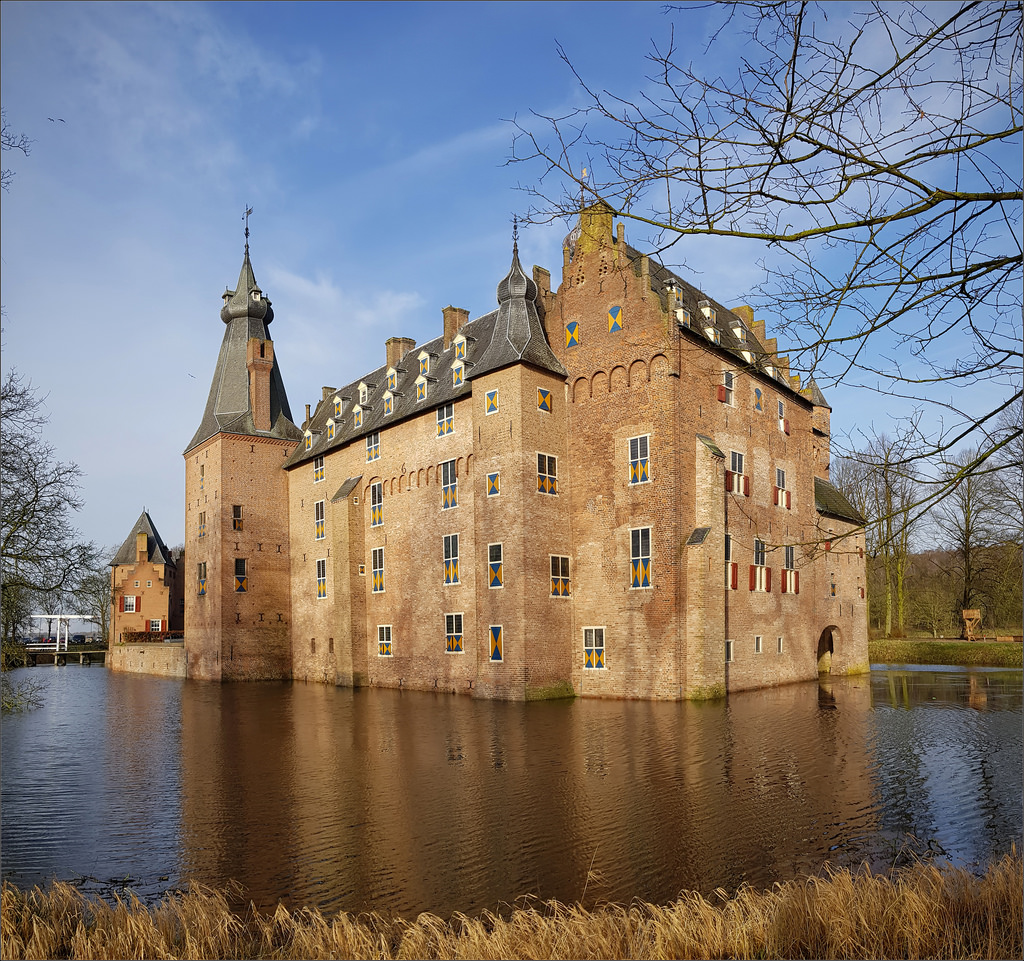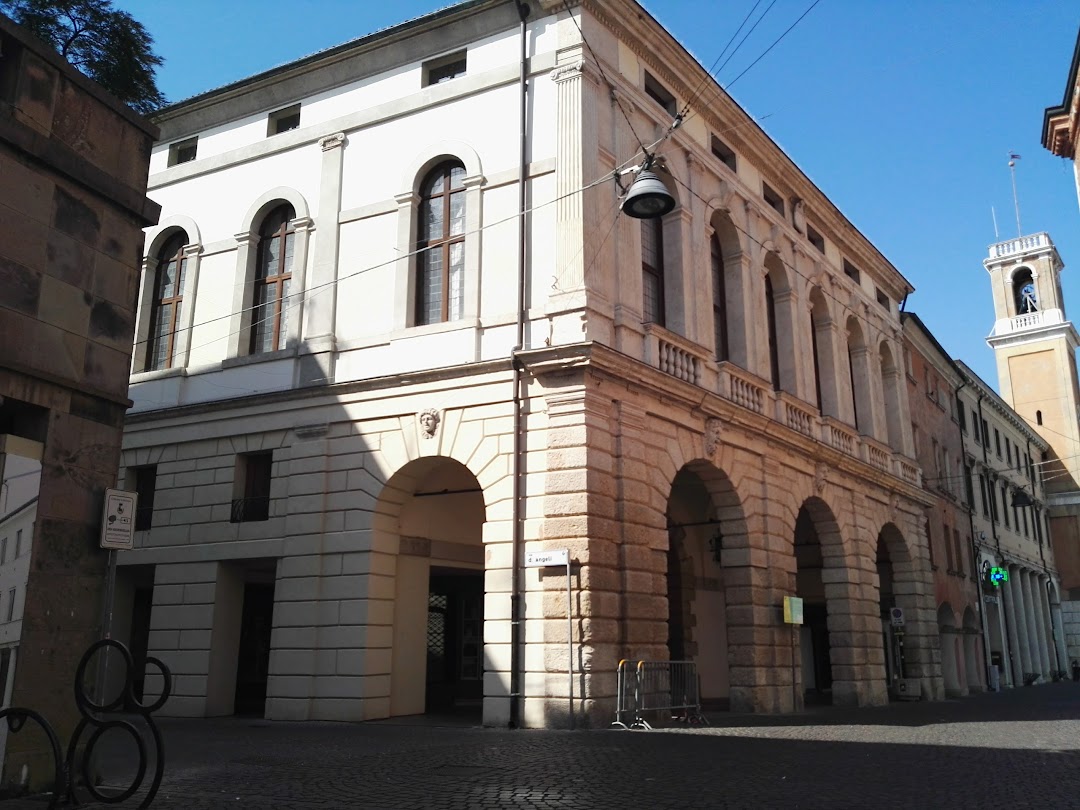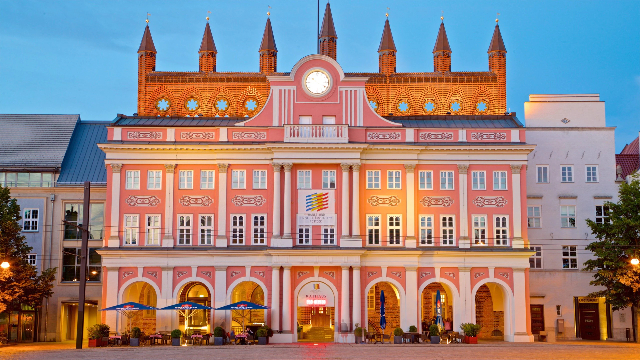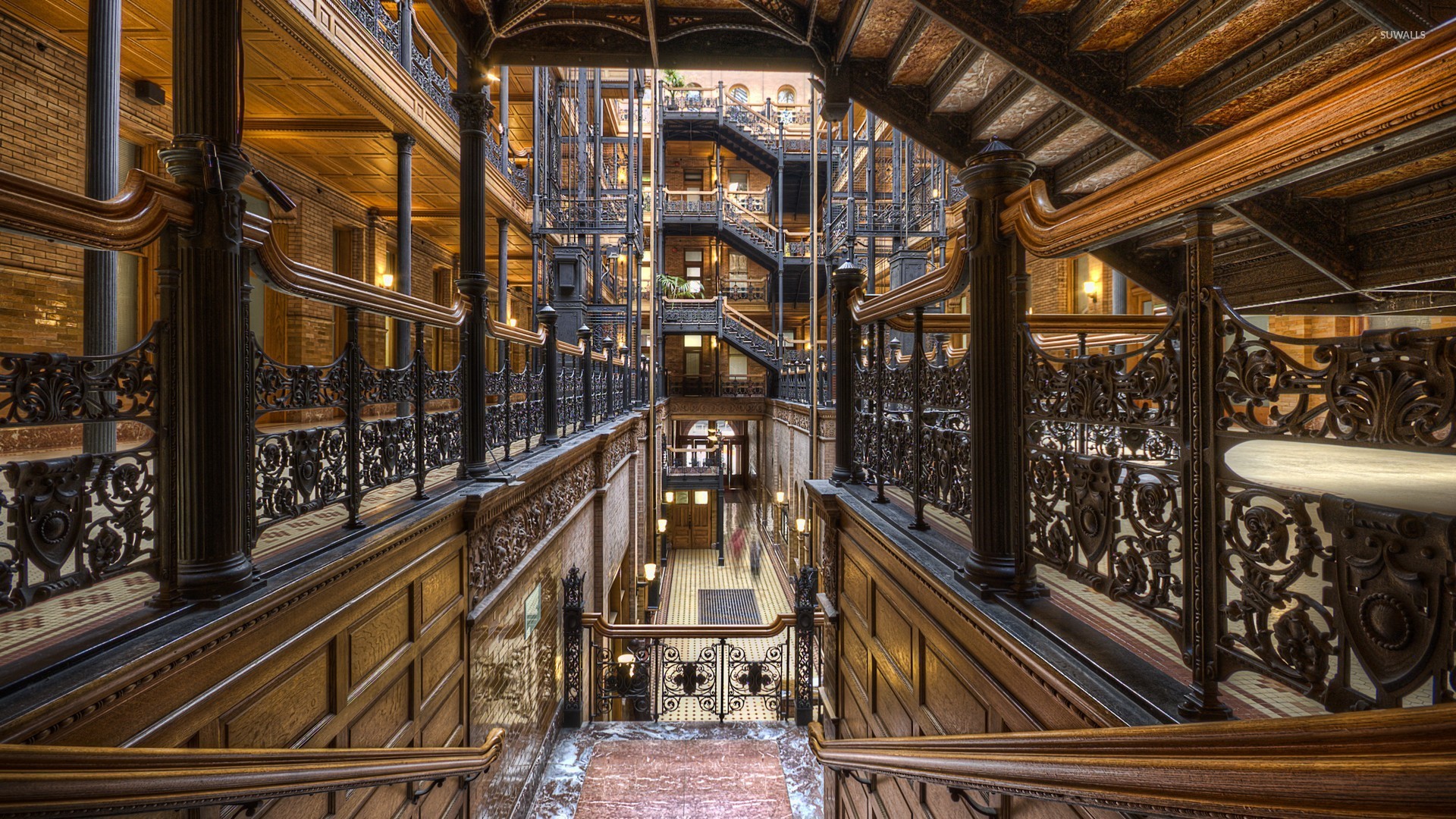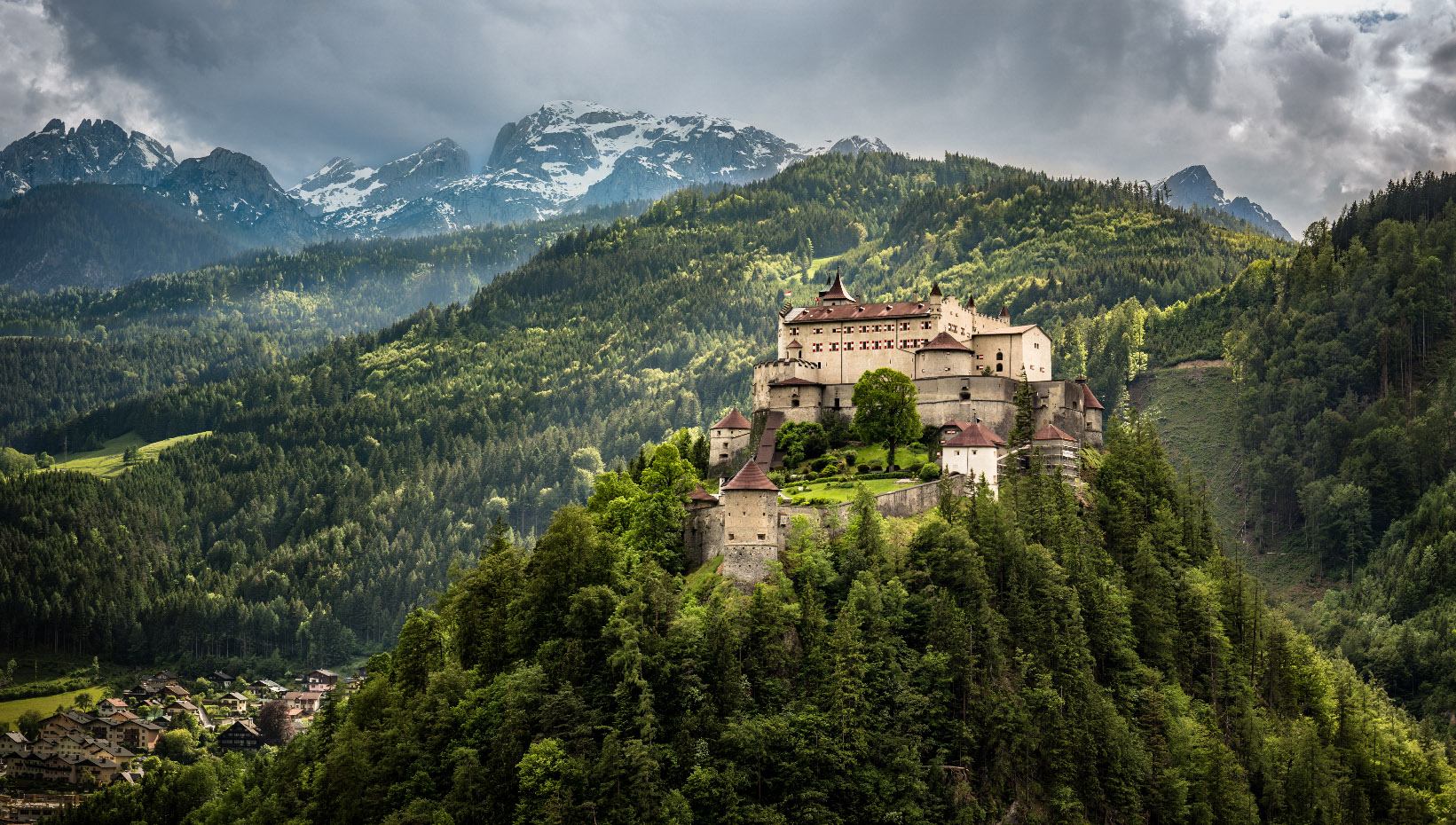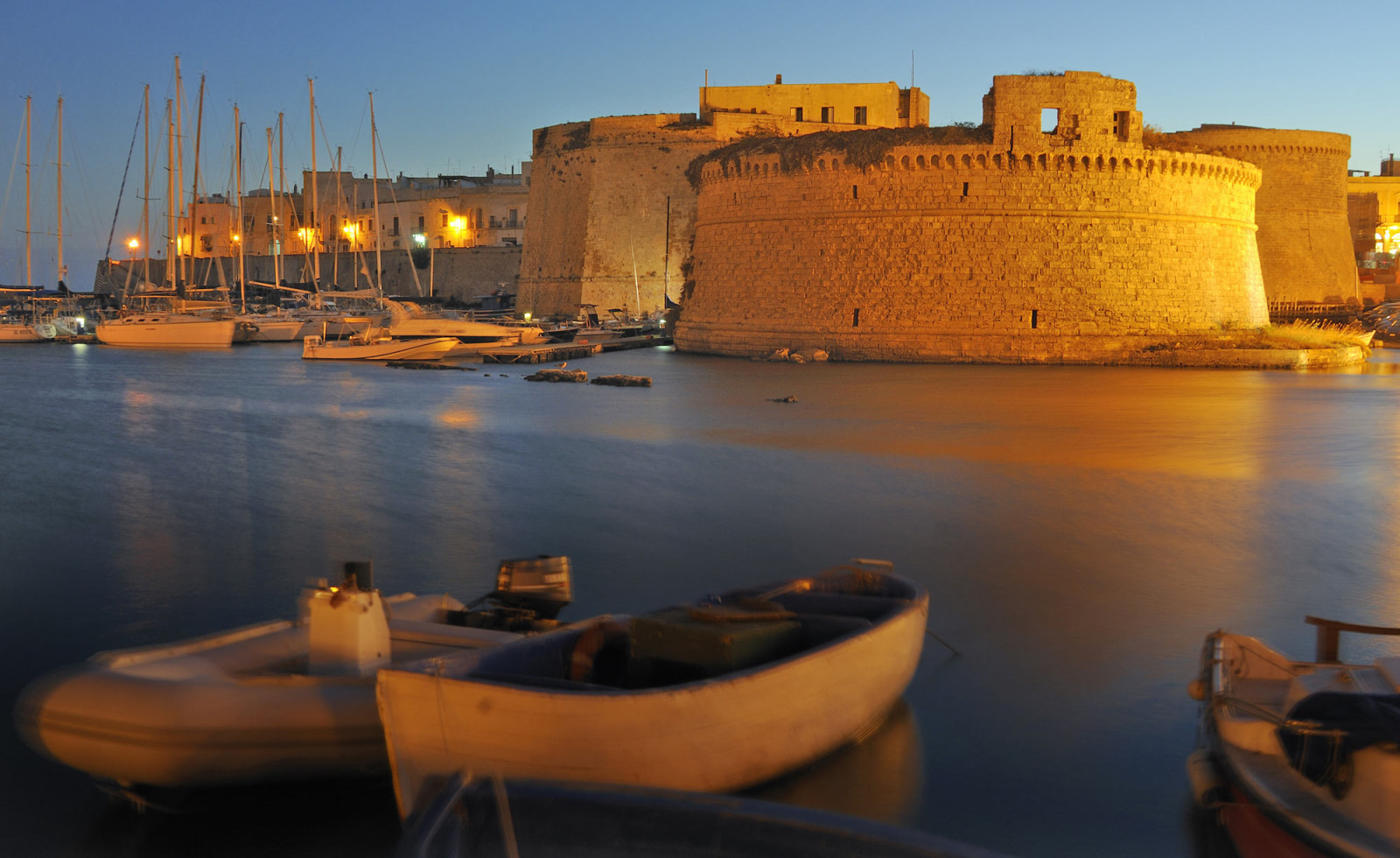The Barbican, one of the most beautiful medieval buildings of military architecture in Europe, was never conquered during the assaults on the city. The skill of its defenders, who were able to repel the attack of enemy troops, has passed into legend… with a single blow!
This massive Gothic building, of extremely original structure, was built in the years 1498-1499 to protect the northern part of Krakow’s fortifications, the only one without the natural barrier formed by a stream of water. The Barbican was once connected to the St. Florian’s Gate (Brama Floriańska) by a fortified corridor known as the gorge ". The interior of the building is deliberately empty, so that it could accommodate as many soldiers as possible in case of need. The feat carried out by Marcin Oracewicz, the piggy bank (i.e. a manufacturer of belts, fringes, chevrons and similar products) who succeeded in repelling the attack by Russian troops in 1768 with a single blow. Apparently with a snap loaded with a button from his zupan he dealt the fatal blow to the tsarist general Panin.
In the 16th century, the Barbican housed the urban stables. In step with the developments in the art of siege, the Barbican lost its ancient importance until, at the beginning of the 19th century, there was a danger of its demolition. The building fortunately escaped the fate of most of Krakow’s fortifications, as only the corridor connecting it to the St. Florian’s Gate was demolished.
The Barbican, otherwise known as "Tegame" ("Rondel") of Krakow is one of the three Gothic barbican that have survived to the present day: only the barbican of Carcassonne (France) and Görlitz (Germany) retain their original appearance. The building in Krakow is undoubtedly the largest and best preserved.
